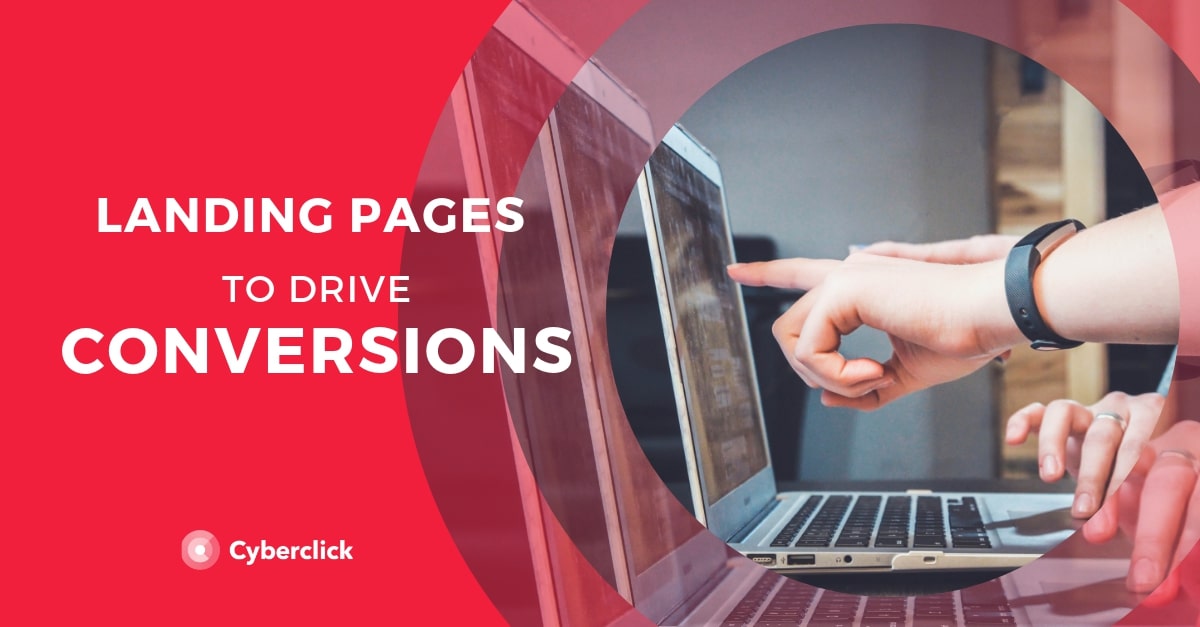In the competitive business world, converting leads into paying customers is more important than ever. As a business owner navigating the intricate landscape of modern marketing, your journey involves attracting potential customers and converting them into valuable patrons. The concept of lead conversion stands as a cornerstone in this journey, guiding your strategies and ultimately impacting your bottom line.

Understanding Lead Conversion and Its Role in Your Business
Lead conversion is the process of turning potential leads into paying customers. It is the culmination of your marketing efforts, where prospects transition from showing interest to making a tangible transaction. For business owners, lead conversion is a tangible metric that measures the effectiveness of your marketing endeavors in guiding and nurturing prospects toward becoming valued customers.
Why Tracking Lead Conversion Is Essential for Your Business
Tracking lead conversion rates holds significant benefits, such as:
- Insightful Evaluation: Lead conversion metrics provide valuable insights into the effectiveness of your marketing campaigns, allowing you to gauge which marketing strategies resonate most with your target audience.
- Strategic Optimization: By closely monitoring lead management and conversion, you can see the strengths and weaknesses within your customer journey. This knowledge empowers you to fine-tune your marketing strategies for better results.
- Informed Budgeting: Understanding which campaigns yield higher lead conversion rates allows you to allocate your marketing budget precisely, optimizing your resources for maximum impact.
- Personalized Engagement: By tracking lead conversion rates, you can tailor your marketing efforts to align with the preferences and behaviors of your prospects, fostering higher engagement and conversion rates.
Calculating and Enhancing Lead Conversion
Calculating lead conversion is straightforward: divide the number of converted leads by the total number of leads and multiplying by 100 to get a percentage.
To optimize your lead conversion rates, consider these strategies:
1. Segmentation Strategy
This means grouping your leads together based on demographics, interests, and needs. This allows you to tailor your marketing messages more effectively and target your leads with the right content.
2. Nurturing Campaigns
These involve providing your leads with valuable information and resources that will help them, give them access to gated content, or offer them free trials or demos.
3. Compelling Call-to-Action
Your call to action should be clear and concise, and tell your leads exactly what you want them to do. For example, your CTA almighty be “Sign up for our newsletter” or "Book a free consultation."
4. Landing Page Excellence
Your landing pages are where your leads will convert, so ensuring they’re optimized for conversations is important. This means creating clear and user-friendly landing pages, providing a strong value proposition, removing any unnecessary distractions, and ensuring a seamless conversion experience.
5. Continuous Testing
Employ A/B testing to assess different campaign elements such as headlines, visuals, and offers, enabling you to identify winning combinations that yield higher conversion rates.
6. Strategic Follow-Up
Ensure timely and personalized follow-up after initial contact, maintaining engagement and addressing any concerns your leads might have.
7. Leverage Social Proof
Showcase customer testimonials, reviews, and success stories to build trust and reinforce the value of your products or services.
Lead conversion is your bridge to turning prospects into profit. As a business owner, mastering this process empowers you to harness the full potential of your marketing strategies, engage your audience more effectively, and drive business growth. By understanding, tracking, and optimizing lead conversion, you're not only creating customers but also building a strong foundation for long-term success.
Responsable de la estrategia de contenidos y visibilidad en Cyberclick, con enfoque Allbound y especialización en posicionamiento SEO, GEO y automatización con IA. Gestión avanzada del CRM con HubSpot: base de datos, workflows, lead nurturing, scoring y reporting. Experiencia en marketing digital, comunicación corporativa y periodismo, uniendo estrategia, creatividad y tecnología para captar y convertir leads cualificados.
Responsible for content and brand visibility strategy at Cyberclick, with an Allbound approach and specialization in SEO, GEO (Generative Engine Optimization), and AI-powered automation. Advanced HubSpot CRM management: database segmentation, workflows, lead nurturing, scoring, and reporting. Background in digital marketing, corporate communications, and journalism—combining strategy, creativity, and technology to attract and convert qualified leads.




.jpg)
Leave your comment and join the conversation